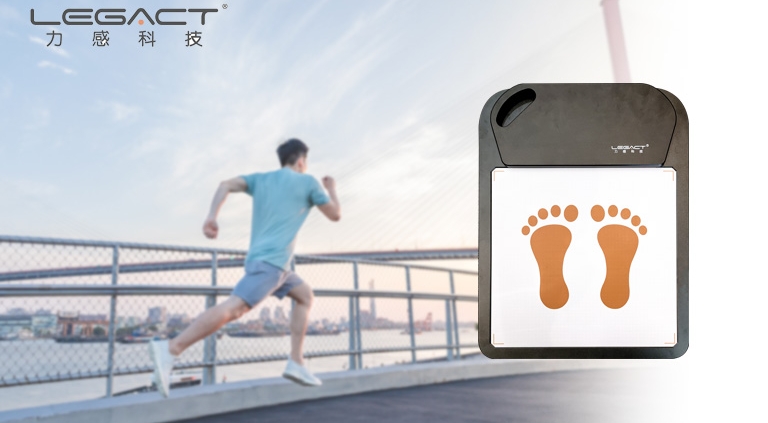With the continuous advancement of science and technology, sensor technology has become increasingly widespread in the field of sports science. Among these, thin-film pressure sensors have emerged as a crucial component in sports testing products due to their unique advantages. These sensors can accurately measure pressure, distribution, and dynamic changes, providing essential data support for athletes’ training and rehabilitation.
I. Principles and Characteristics of Thin-Film Pressure Sensors
Thin-film pressure sensors are made using flexible film materials that can sense and record pressure changes. Their main characteristics include:
- High Sensitivity: These sensors can detect minimal pressure changes, making them suitable for precise motion analysis.
- Lightweight and Flexible: Made of thin-film materials, these sensors are light and flexible, allowing them to adhere to surfaces of various shapes without affecting the athlete’s normal movement.
- High Resolution: They provide high-resolution pressure distribution maps, helping to understand the pressure distribution in different areas.
- Fast Response: With a rapid response time, these sensors can capture dynamic pressure changes in real time, suitable for analyzing fast movements.
II. Applications of Thin-Film Pressure Sensors in Sports Testing
- Application in Sports Shoes: Thin-film pressure sensors can be integrated into the insoles of sports shoes to analyze the athlete’s gait and landing patterns by measuring pressure changes in different areas of the foot. This data can help athletes adjust their running posture and reduce the risk of sports injuries. Additionally, pressure sensors can monitor the wear and tear of sports shoes, providing scientific evidence for shoe replacement.
- Application in Rehabilitation Training: In rehabilitation training, thin-film pressure sensors help doctors and therapists monitor the gait recovery of patients. By recording the pressure distribution at different gait phases in real-time, the progress of rehabilitation can be assessed, and training programs can be adjusted to ensure scientific and effective rehabilitation.
- Application in Competitive Sports: In competitive sports, the physical condition and performance of athletes are critical. Thin-film pressure sensors can be applied to sports equipment and clothing to monitor the force exerted on athletes in real time. For example, in gymnastics or weightlifting, these sensors can monitor the force distribution during movements, aiding coaches in technical analysis and guidance.
- Application in Virtual Reality Sports Training: With the development of virtual reality technology, VR sports training has become an emerging training method. Thin-film pressure sensors can be integrated with VR systems to capture athletes’ movements and force conditions in real time, providing a more realistic training experience and data support.
III. Future Development Trends
The application prospects of thin-film pressure sensors in the field of sports testing are vast. With ongoing advancements in materials science, electronics technology, and data analysis, thin-film pressure sensors will evolve towards higher sensitivity, higher resolution, and greater durability. Simultaneously, the data processing and transmission capabilities of sensors will continue to improve, offering more precise and comprehensive data support for sports science research and practical applications.
Overall, the application of thin-film pressure sensors in sports testing products can enhance athletes’ training effectiveness and competitive performance while promoting sports rehabilitation and injury prevention. In the future, with continuous technological progress, thin-film pressure sensors are poised to play an increasingly significant role in the field of sports science.



